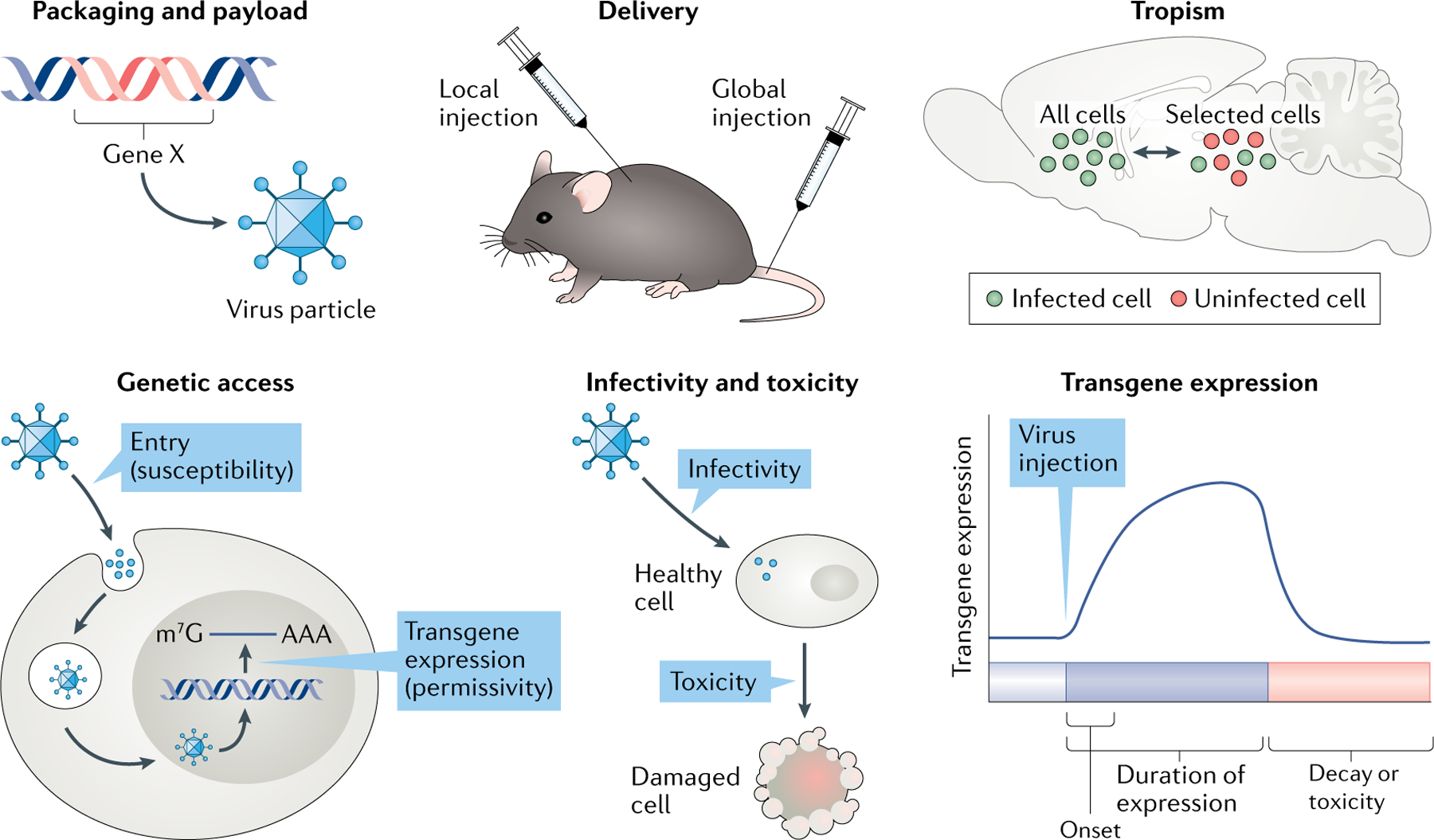Fig. 1 |. Key principles for viral-mediated gene transfer in neuroscience.

Schematic demonstrating six key principles essential for the neuroscientist: viral packaging limit (how much nucleic acid a virus particle can carry) and payload (the length and type of genomic material that can be successfully packaged into a virus particle), delivery methods (local versus global injections), tropism (specificity of a virus for a given cell type(s)), access (ability of a virus to enter a cell type and express its gene product(s)), infectivity and toxicity (how efficiently a virus infects a cell and how harmful it is to the cell), and transgene expression dynamics (time course of onset and persistence of transgene expression). These principles play a key role in determining a neuroscientist’s choice of virus by weighing the advantages and disadvantages of a given virus. AAA, 3′ poly(A) tail for mRNA; Gene X, a transgene being packaged into a virus particle; m7G, 7-methylguanosine (5′ cap for mRNA).
